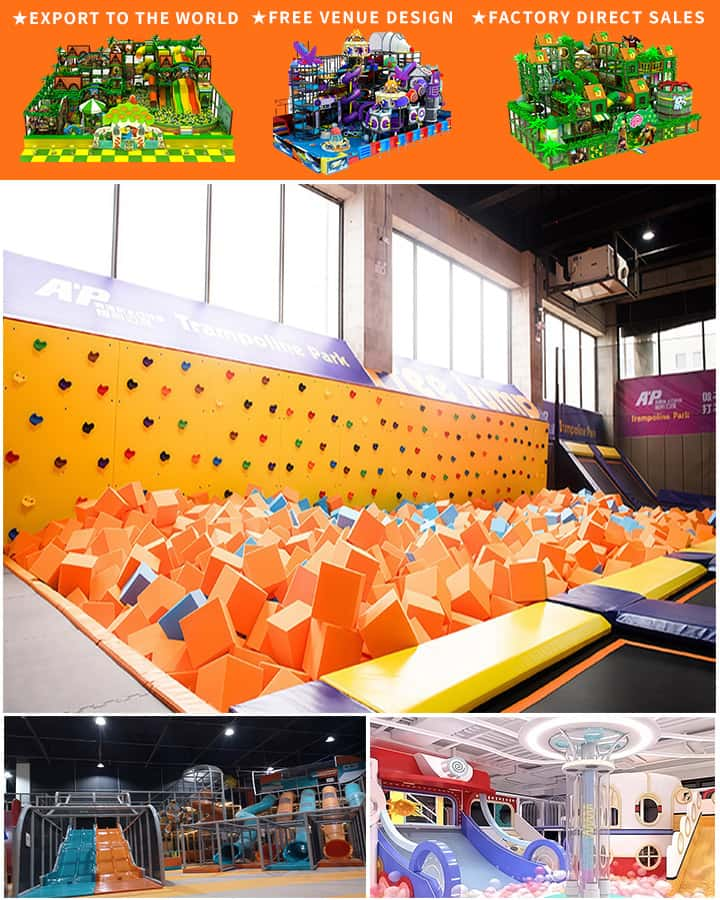Indoor play areas have become a haven for children, offering them a safe and engaging environment to play, learn, and grow. Whether it’s a rainy day or simply a desire for controlled fun, these indoor playgrounds cater to various age groups, ensuring that every child finds something enjoyable to do. Here, we delve into some of the best indoor play areas for children, focusing on their features, benefits, and why parents should consider them for their little ones.
The Allure of Indoor Play Areas
Indoor play areas are designed with both fun and development in mind. These spaces typically feature a variety of structures such as climbing walls, slides, ball pits, trampolines, and obstacle courses. Each element is thoughtfully crafted to stimulate a child’s physical activity, coordination, and balance while also encouraging social interaction and creativity.
Key Features of Top Indoor Play Areas
- Safety First: Safety is paramount in any indoor play area. High-quality materials, soft flooring, and padded equipment ensure that children can play without the risk of serious injury. Staff members are usually present to supervise and assist, adding an extra layer of security.

Variety of Activities: From sensory play zones to interactive games, indoor play areas offer a wide array of activities to keep children entertained. This diversity helps in catering to different interests and developmental stages.
Educational Opportunities: Many indoor play areas incorporate educational elements, such as puzzles, building blocks, and themed play sets. These activities help in developing cognitive skills, problem-solving abilities, and hand-eye coordination.
Social Interaction: Indoor play areas provide an excellent opportunity for children to interact with their peers. Group activities, shared play structures, and cooperative games foster teamwork and communication skills.
Benefits for Children
The advantages of indoor play areas extend beyond mere entertainment. Regular visits to these play zones can significantly contribute to a child’s physical and mental well-being. Some key benefits include:
- Physical Development: Climbing, jumping, and running improve motor skills, strength, and overall fitness.
- Cognitive Growth: Educational toys and games enhance learning and critical thinking.
- Emotional Resilience: Overcoming challenges in a play setting builds confidence and resilience.
- Social Skills: Interacting with other children teaches sharing, empathy, and collaboration.
Why Parents Should Consider Indoor Play Areas
For parents, indoor play areas offer a convenient solution for keeping children active and engaged, especially during inclement weather or when outdoor options are limited. They also provide a much-needed break for caregivers, knowing their children are safe and entertained in a structured environment. Additionally, many indoor play areas host special events, workshops, and birthday parties, making them perfect venues for celebrations and family outings.
Conclusion
Indoor play areas for children are more than just places to burn off energy; they are dynamic environments that support holistic development. By providing a safe, stimulating, and inclusive space for play, these facilities help children build essential life skills while having fun. For parents seeking enriching experiences for their kids, exploring the best indoor play areas is a step towards nurturing healthy, happy, and well-rounded youngsters.




